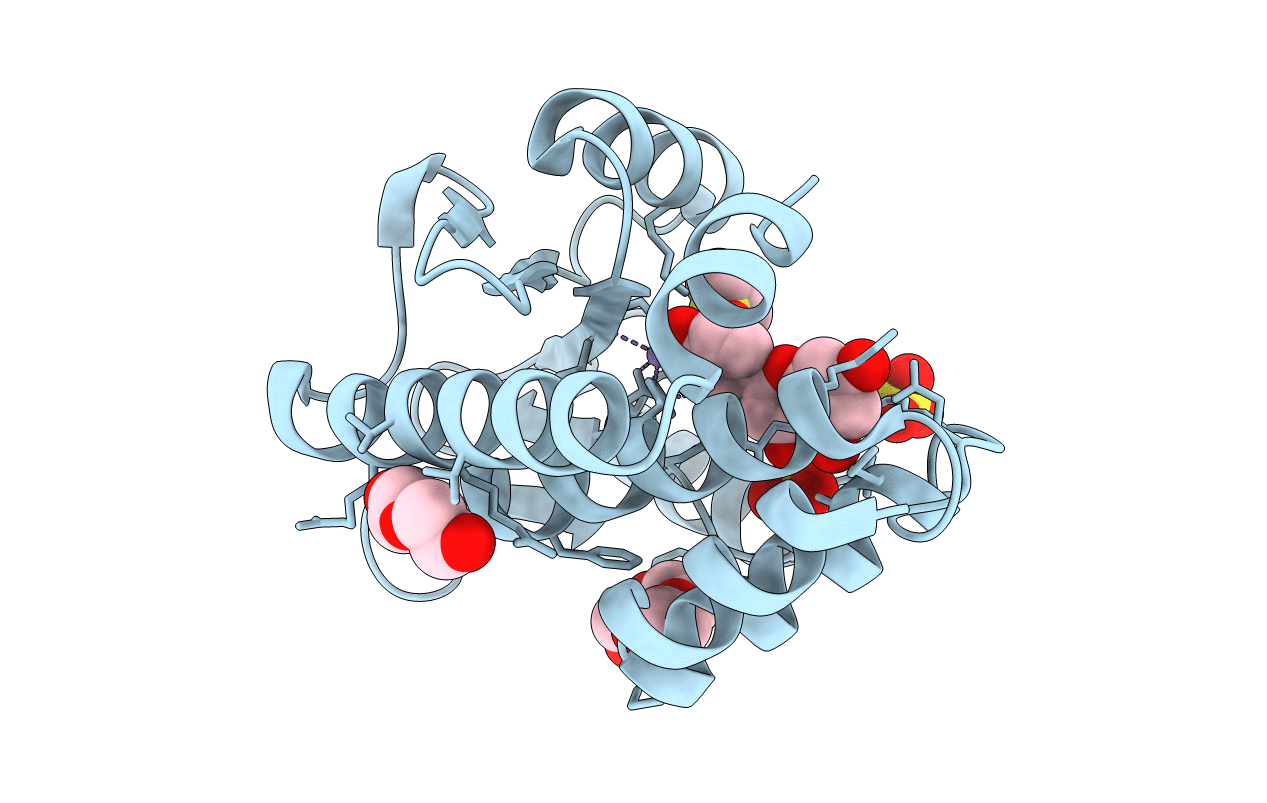
Deposition Date
2020-03-11
Release Date
2020-09-09
Last Version Date
2025-07-02
Entry Detail
Biological Source:
Source Organism:
Influenza A virus (A/California/07/2009(H1N1)) (Taxon ID: 641809)
Host Organism:
Method Details:
Experimental Method:
Resolution:
2.00 Å
R-Value Free:
0.26
R-Value Work:
0.20
R-Value Observed:
0.20
Space Group:
P 64 2 2


